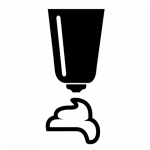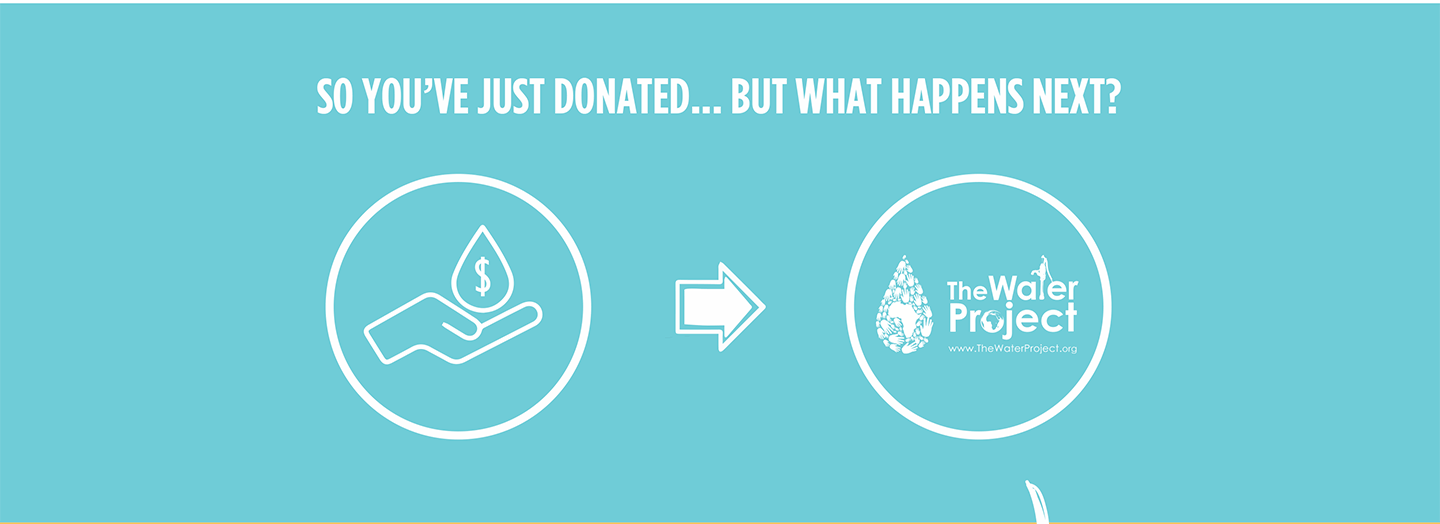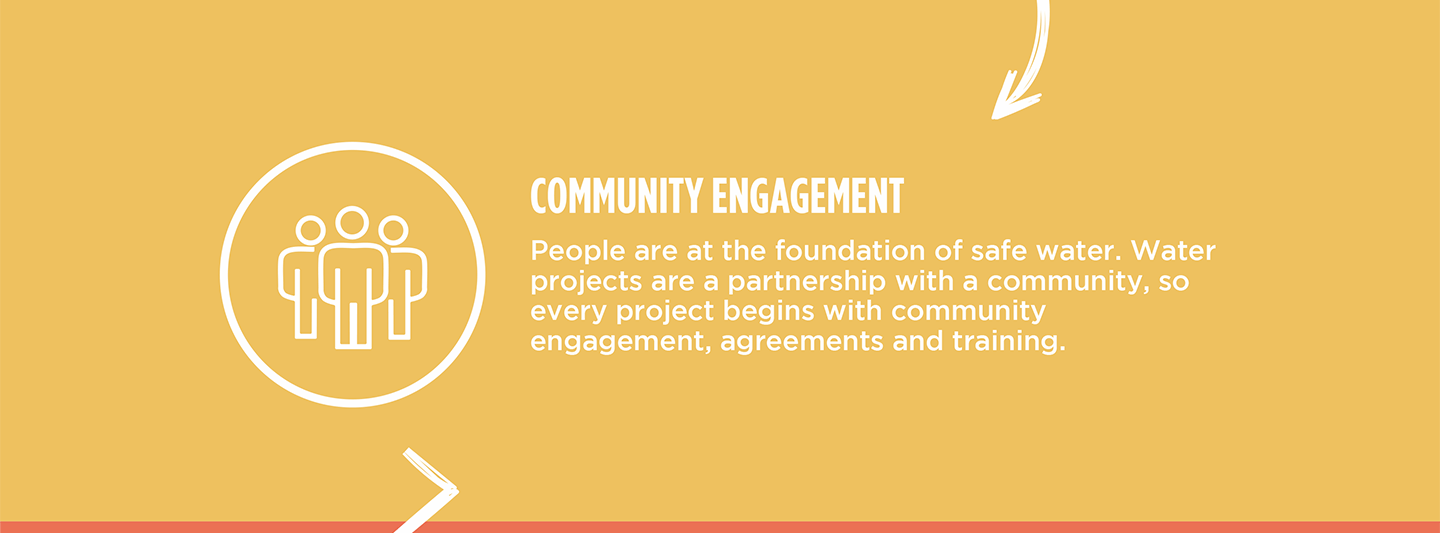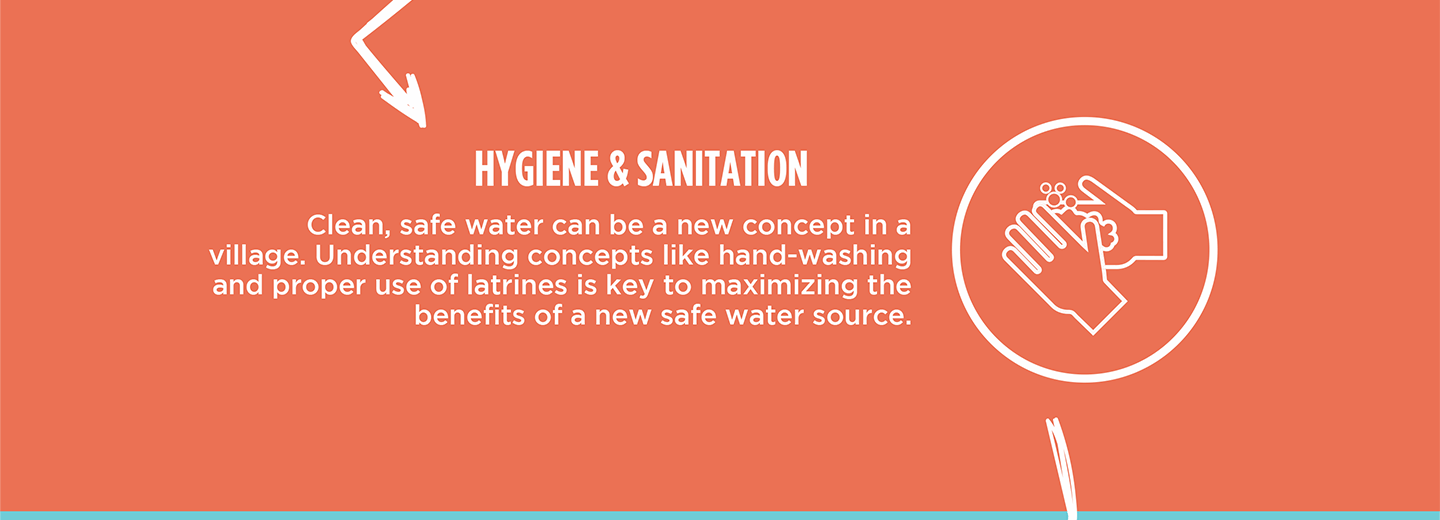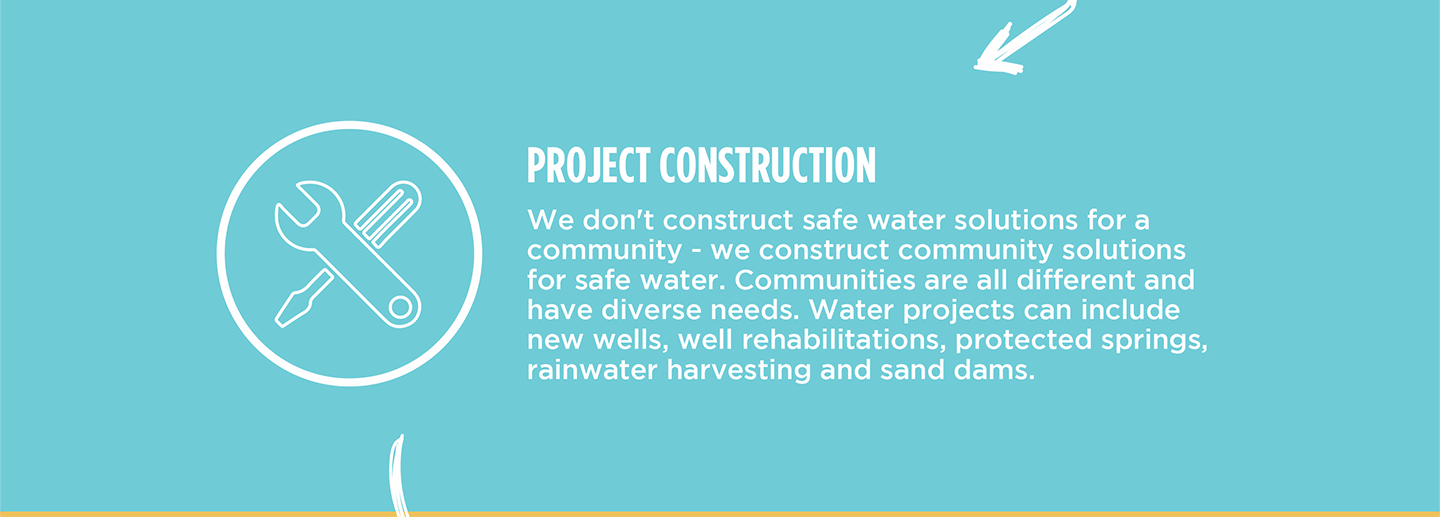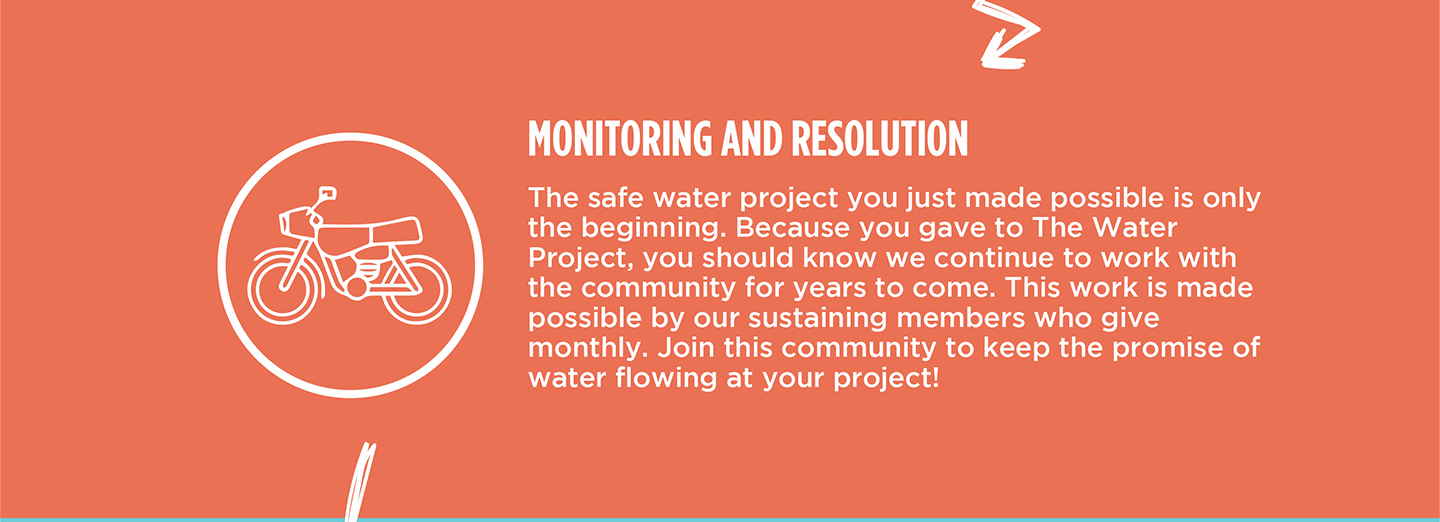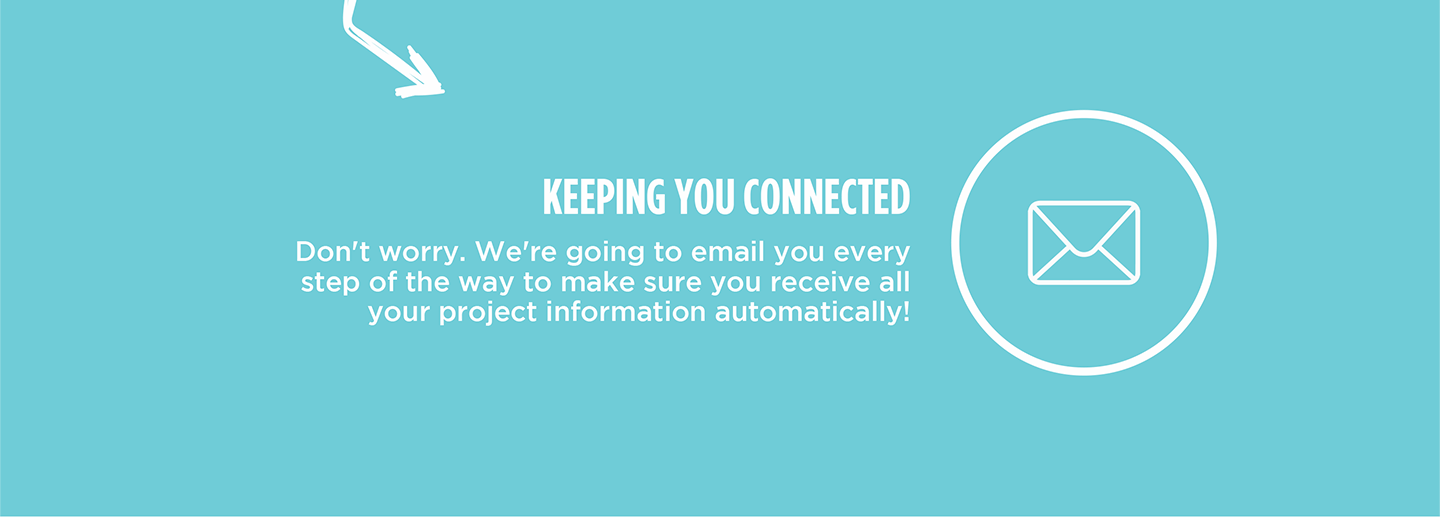June, 2024: Lusumu Community Spring Protection Complete!
Lusumu Community now has access to clean water! Thanks to your donation, we transformed their spring into a flowing source of naturally filtered water. We also installed a chlorine dispenser to provide added protection and trained the community on improved sanitation and hygiene practices. Together, these components will unlock the opportunity for community members to live better, healthier lives.

"Access to water is essential for my family to pursue our future aspirations. Having clean and safe water readily available will enhance our health and well-being, allowing us to pursue our goals with renewed vigor. Moreover, it will relieve our children of the burden of water-related illnesses and the time-consuming task of fetching water from distant sources, enabling them to focus on their education. This will create opportunities for them to excel academically and pursue their dreams. Access to water means regular attendance, hydration, and improved concentration on their studies, empowering them to achieve their aspirations and make positive contributions to society," shared 73-year-old farmer Moses Mulunda, the chairman of the water user committee.

Moses fetching water.
Children were just as excited as adults about the new water point.
"The dependable water source will enhance my health, as it is now fully protected from contamination. Previously, relying solely on a chlorine dispenser left it vulnerable, but now, it is secure and free from impurities. Improved hygiene will be achievable, as I can bring ample water for household tasks, ensuring cleanliness in both school and home attire. With the assurance of reliable water, I can better manage my time, allocating it efficiently for studying, recreation, water collection, and household chores," said 10-year-old Isaac.

Isaac (right).
Preparing for Spring Protection
Community members worked together to source and carry all locally available construction materials to the spring. These included bricks, sand, stones, and fencing poles. Some people also chiseled away at large rocks to break them into gravel. Because people have to carry most items by hand, the material-collection process can take anywhere from a few weeks to months.

Community members gathering materials.
When the community was ready, we sent a truck to deliver the remaining construction materials, including cement, plastic tarps, and hardware. Then, our construction artisan and field officers deployed to the spring to begin work. Individual households provided meals throughout each day to sustain the work team.
From Open Source to Protected Spring: A Step-by-Step Process
First, we cleared and excavated the spring area. Next, we dug a drainage channel below the spring and several runoff diversion channels above and around the spring. These help to divert surface contaminants away.
To ensure community members could still access water throughout the construction process, we also dug temporary channels around the construction site from the spring's eye. This allowed water to flow without disrupting community members' tasks or the construction work. Excavation created space for setting the spring's foundation, made of thick plastic, wire mesh, concrete, and waterproof cement.

Laying the foundation.
After establishing the base, we started brickwork to build the headwall, wing walls, and stairs. Once the walls had grown tall enough, we began one of the most crucial steps: setting the discharge pipe. The discharge pipe needs to be positioned low enough in the headwall so the water level never rises above the spring's eye, yet high enough to allow room for the average jerrycan (a 20-liter container) to sit beneath the pipe without making contact, which prevents cross-contamination.

Setting the discharge pipe.
If we place the discharge pipe too high above the spring's eye, back pressure could force water to emerge elsewhere. Too low, and community members would not be able to access the water easily. We embedded the pipe using clay (or mortar when the clay is in short supply) and placed it at an incline to ensure water flows in the right direction.
In coordination with brickwork, we pitched stones on both sides of the spring's drainage channel. We then cemented and plastered each stone, forming the rub walls. These walls discourage people and animals from standing in that area, which could cause soil erosion and a clogged drainage area.

We then cemented and plastered both sides of the headwall and wing walls. These finishing layers reinforce the brickwork and prevent water in the reservoir from seeping through the walls. In turn, enough pressure builds in the reservoir box to push water out through the discharge pipe.

Plastering the walls.
As the headwall and wing walls cured, we cemented and plastered the stairs and installed four tiles beneath the discharge pipe. The tiles protect the concrete from the falling water's erosive force while beautifying the spring and facilitating easy cleaning of the spring floor.

Setting the tiles.
The final stage of construction is backfilling the reservoir box behind the discharge pipe. We cleared the collection box of any debris that may have fallen during construction. Then we redirected the temporary diversion channels back into the reservoir box, channeling water into this area for the first time. We close all other exits to force water through only the discharge pipe.

Backfilling the reservoir.
We filled the reservoir area with the large, clean stones community members had gathered, arranging them in layers like a well-fitting puzzle. We covered the rocks with thick plastic to minimize potential contamination sources, then piled enough dirt on top to compensate for future settling.
Community members transplanted grass onto the backfilled soil to help prevent erosion. The collection area was fenced to discourage any person or animal from walking on it. Compaction can lead to disturbances in the backfill layers and potentially compromise water quality.

Community members plant grass to prevent erosion.
The construction process took about two weeks of work and patience to allow the cement and plaster to finish curing. As soon as the spring was ready, people got the okay from their local field officers to fetch water.

The spring is complete!
We officially handed over the spring to mark the community's ownership of the water point. Happiness, thanksgiving, and appreciation were the order of the day, flowing in all directions.
"Upon arrival at the site, the water committee chairman delivered a gratitude message, thanking all who supported and facilitated the smooth running of the project, particularly acknowledging the organization. He also emphasized the importance of maintaining cleanliness at the water point. Prayers were offered, and the meeting concluded with everyone participating in a group photo to mark the completion. The water users were overflowing with joy, expressing their gratitude through songs of praise and endless messages of thanks to The Water Project for addressing their long-standing issue, which had previously gone unresolved. This brought immense relief to the community," Field Officer Mildred Mboha said.
Training on Health, Hygiene, and More
Together with the community, we found their preferred date for training while considering other community calendar events, such as the agricultural season and social events. We requested a representative group of community members to attend training and relay the information learned to the rest of their families and friends.
When the day arrived, facilitators, Amos Emisiko and Mildred Mboha deployed to the site to lead the event. 19 people attended the training, including 13 women and 6 men.
We covered several topics, including community participation in the project; leadership and governance; personal, dental, and environmental hygiene; water handling and treatment; spring maintenance; the importance of primary health care and disease prevention; family planning; soapmaking; how to make and use handwashing stations; and the ten steps of handwashing.

Soapmaking training.
During the leadership and governance session, we held an election for the newly formed water user committee leaders, who will oversee the maintenance of the spring. We also brainstormed income-generating activities. Community members can now start a group savings account for any future minor repairs to the spring and a cooperative lending group, enabling them to develop small businesses.

"The participants demonstrated a high level of commitment and enthusiasm throughout the hygiene training. Their consistent attendance at each session, active engagement in discussions, and eagerness to learn new concepts were evident. For instance, during the dental hygiene session, participants asked insightful questions about proper brushing techniques and eagerly participated in the hands-on demonstrations. Additionally, they expressed enthusiasm for implementing the hygiene practices learned during the training in their daily lives. Overall, their positive attitude and dedication contributed to the success of the program," facilitator Mildred Mboha said.
Nineteen-year-old chemistry student Rebecca Nekesa was enthralled with the training she received. "Soapmaking emerged as the most captivating subject for me. As a chemistry student, I found myself familiar with most of the reagents, enabling me to effortlessly explain them to my fellow trainees and engage actively in the entire soapmaking procedure. This reinforced my belief in the practical significance of what is taught in school. With further knowledge, I aim to be able to craft soap at home using the required ingredients."

Rebecca.
Conclusion
This project required a substantial collaboration between our staff, our in-country teams, and the community members. When an issue arises concerning the spring, the water user committee is equipped with the necessary skills to rectify the problem and ensure the water point works appropriately and there is guaranteed public access in the future. However, if the issue is beyond their capabilities, they can contact their local field officers to assist them.
Also, we will continue to offer them unmatchable support as a part of our monitoring and maintenance program. We walk with each community, problem-solving together when they face challenges with functionality, seasonality, or water quality. Together, all these components help us strive for enduring access to reliable, clean, and safe water for this community.
With your contribution, one more piece has been added to a large puzzle of water projects. In Kenya, Uganda, and Sierra Leone, we’re working toward complete coverage. That means reliable, maintained water sources within a 30-minute round trip for each community, household, school, and health center. With this in mind, search through our upcoming projects to see which community you can help next!
Thank you for making all of this possible!











 Protected Spring
Protected Spring
 Rehabilitation Project
Rehabilitation Project




